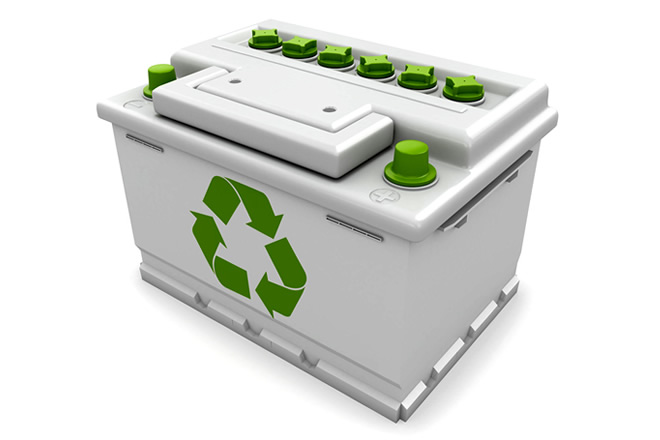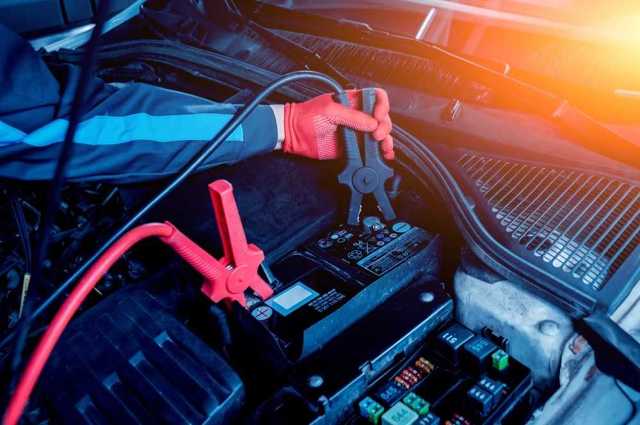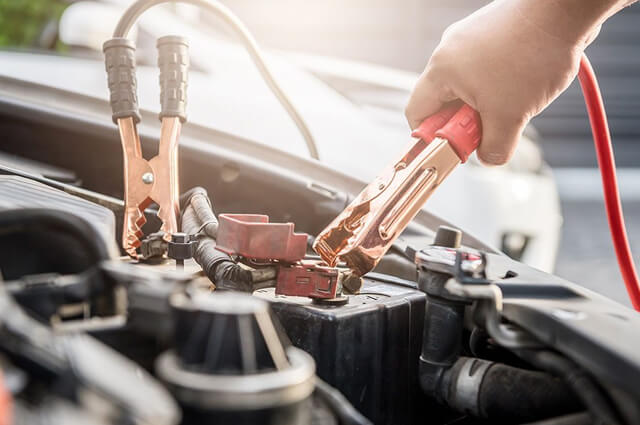Proper handling of used batteries is a major challenge for garages, for both legal and environmental reasons. This is why it is really worth to call on the services of an experienced battery disposal company such as Bio Service for correct battery disposal.
Automotive and motorcycle garages are now subject to strict legal regulations regarding the disposal of waste, such as used parts, fluids, tyres and batteries. However, it is not only the demanding legislation that is causing garage representatives to take more and more care regarding proper waste management.
– I see more and more concern for proper disposal of waste generated by repair garages. This is mainly due to the responsibility of owners of car and motorbike repair garages, who are aware that e.g., a battery is partly made of highly toxic lead. In order to be “fair” to the local community and the environment, they make sure that used batteries go to the right hands, that is, to a company that is authorized to collect, transport, dispose of or recycle waste – says Wojciech Kopacz, Bio Service Project Manager.
Disposal of a battery – what should you know?
The example of the battery is not a coincidence, as it is one of the most difficult garage wastes to dispose of. Why? Well, batteries are largely made of lead, a highly toxic element. Apart from lead compounds, batteries also contain highly concentrated sulphuric acid and plastics.
– These elements mean that the lack of proper disposal of batteries has a very negative impact on living organisms, soil and plants. It should also not be forgotten that acid leaking from a used battery can cause serious burns to humans or animals – explains Wojciech Kopacz, emphasising that car and motorcycle garages are provided assistance through the Bio Service programme in matters related to the proper disposal of batteries, as well as general care for the environment.
– Sticking to the example of batteries and their proper disposal, it should be added that each garage using Bio Service can give away scrap batteries, reporting it through the BS BIO system or by a sales representative at any Inter Cars point of sale, where a dedicated car transport drives up. Additionally, as part of the agreement for shops selling batteries with Bio Service, there is a possibility of placing a safe container with a lid in the garage. When it is full, we replace it with an empty one. Of course, in both cases the logistics minimums apply, emphasises Wojciech Kopacz.
– Customers can also receive a benefit in the form of a payment on account in exchange for battery scrap in the form of an invoice, he lists other benefits of the programme.
Assurance of proper disposal of batteries
Why Bio Service gives a guarantee that the battery has been properly disposed of? The company collecting the battery scrap is obliged to issue a Waste Transfer Note (WTN). Bio Service guarantees that scrap receivers have all the required permits. With a WTN you can be sure that your battery waste is in the right hands and will be properly disposed of.
Find out about the details of the Bio Service programme and the correct disposal of batteries on the Bio Service website.



